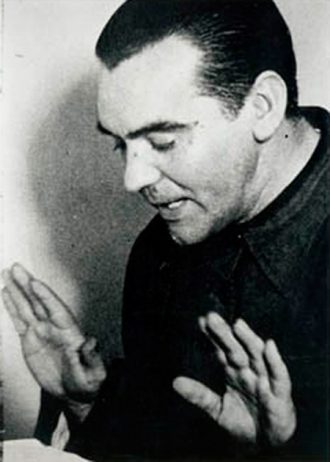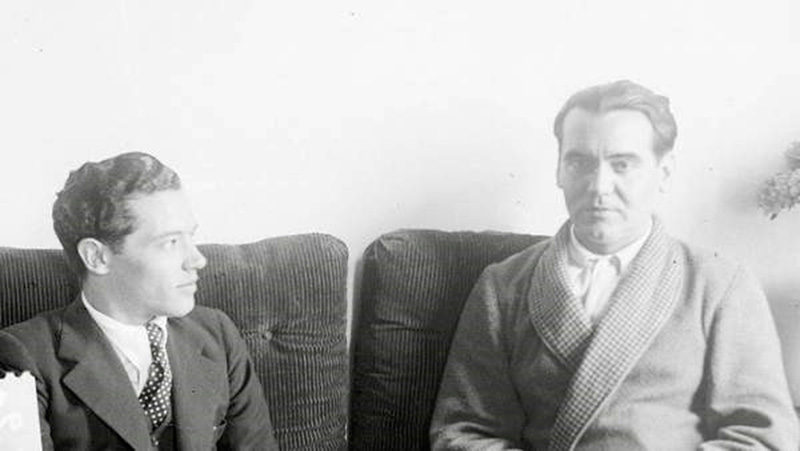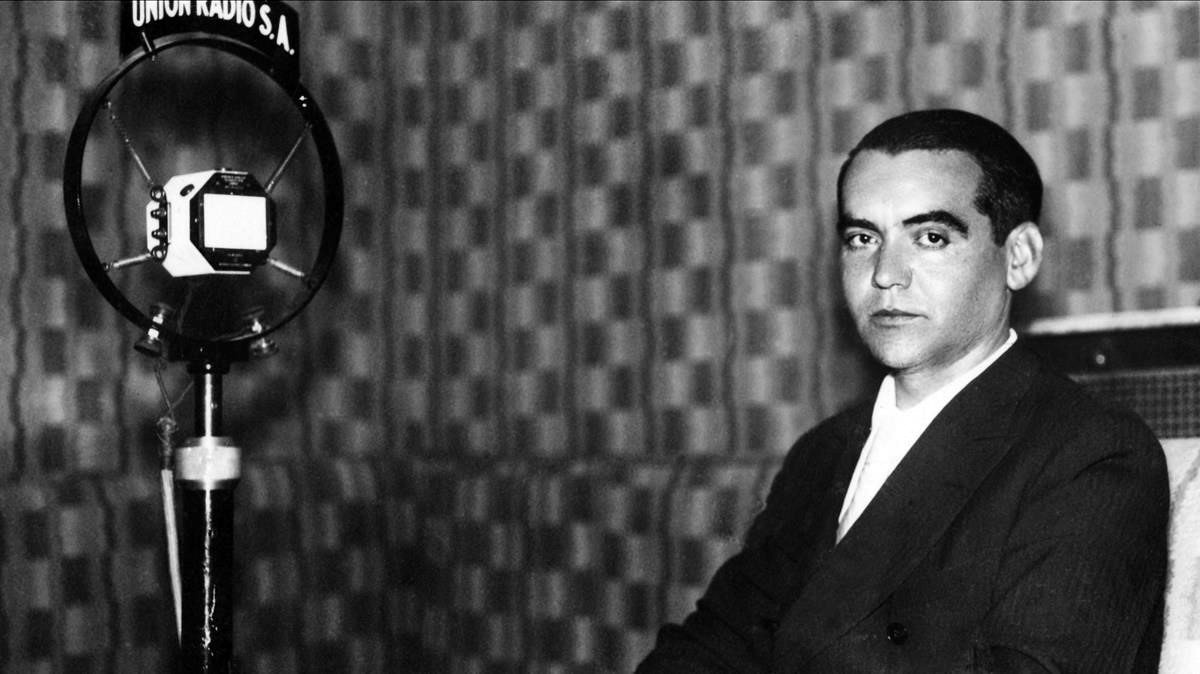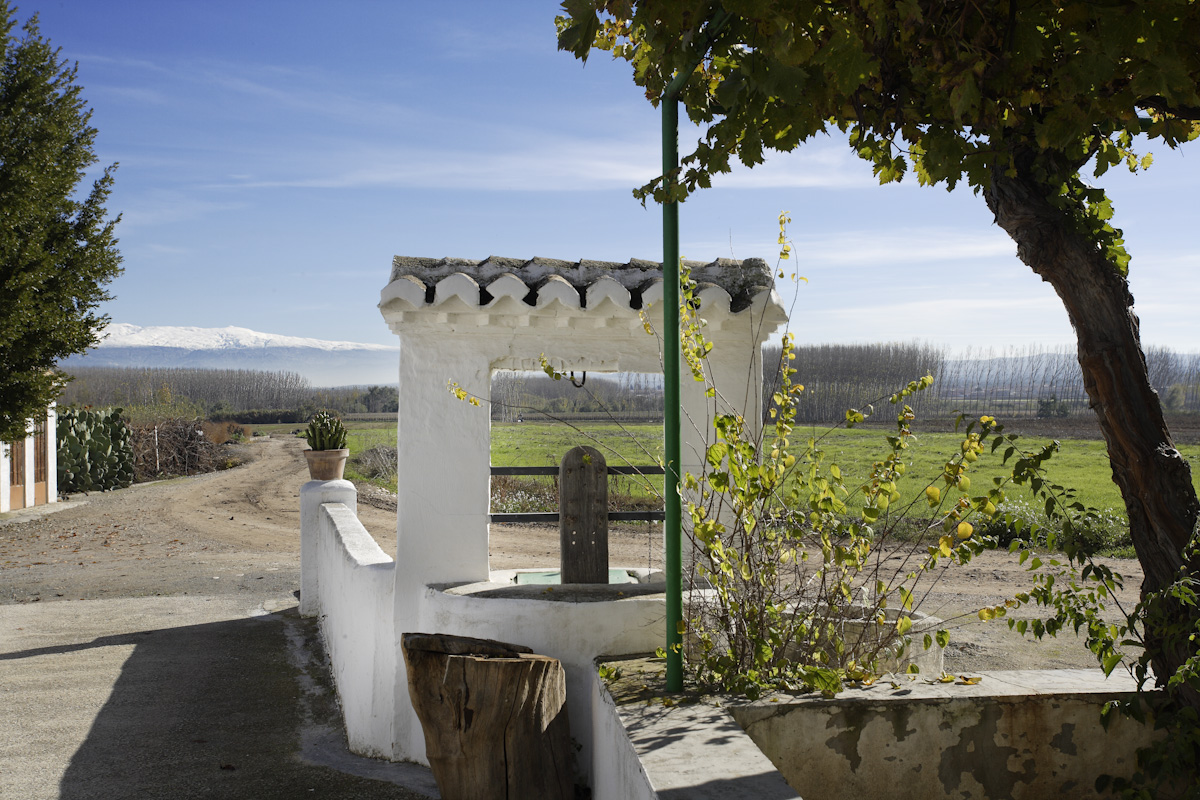
The interviews granted by Federico García Lorca between 1927 and 1936 constitute a work in its own right, a kind of autobiography that covers a key decade in the writer’s life and work, from the meeting of the Seville Athenaeum where the Generation of ’27 was conceived to the summer of 1936, when he was shot in an unidentified place between Víznar and Alfacar.
Lorca was an excellent headline maker: “I am in love with the works I have not written”; “there is an agricultural complex in my life, as the psychoanalysts would call it”; “theater is the possession that rises from the book and becomes human” or “no true man believes in this nonsense of pure art”.
Lorca was very generous with the journalists; he accepted the interrogations at length and reserved for such encounters reflections and headlines that reveal his opinion on controversial issues (his positions with regard to politics and literature, for example) and which, added together, constitute a kind of personal account elaborated from oral improvisation and urgency.

Together with the collection of letters, speeches and addresses, they constitute a unique corpus within the bibliography that sheds much light on certain aspects of his life and work and, in particular, on his relationship with Granada and the importance of his childhood in the Vega and his summer stays in the Huerta de San Vicente (San Vicente Farmhouse)..
The literary and vital importance of Lorca’s interviews -a newly invented journalistic genre in those times- is beyond doubt. Some of the phrases that are still quoted from the poet are not found in books, but in newspapers. Lorca was an excellent headline maker: “I am in love with the works I have not written”; “there is an agricultural complex in my life, as the psychoanalysts would call it”; “theater is the possession that rises from the book and becomes human” or “no true man believes in this nonsense of pure art any more”.
The interviews reveal the poet’s progressive social awareness in favor of the underprivileged, especially after his experience as artistic director of La Barraca which allowed him to tour the most deprived villages of Castile.
The compilation of the interviews and statements Federico García Lorca gave in the last ten years of his life has been a slow work with different editions and attempts at completeness. The series was initiated by Marie Laffranque and continued by Jacques Comincioli, Christopher Maurer and Mario Hernández. The edition of the Complete Works by Miguel García-Posada (Círculo de Lectores, 1996-2006, III) brought together 79 interviews. Previously, literature professor Andrés Soria published a critical anthology (Thirty interviews, 1989) reissued in 2017 as Thirty-one interviews, which included an unpublished interview, originally in French, signed by Georges Lorant-Briennë in the magazine Comoedia on November 8, 1933.

The most complete edition to date is Rafael Inglada and Víctor Fernández’s Lorca’s words. Complete Statements and Interviews, published by Malpaso in 2017, which contains 130 entries and is preceded by a foreword by Christopher Maurer. The anthologists patiently dug into newspaper archives that has allowed them to almost double the works collected from the Complete Works, and have also expanded the concept of statement and interview, including a few anonymous loose lines, reflections by other authors with quotation marks attributed to Lorca, prologs – such as the one in Rafael Martínez Nadal for the first edition of The public– and memories compiled many years later and published both in Spanish and in other languages. In fact, the last part of the book represents a compilation of the “posthumous” statements and interviews published between 1937 and 1978.
García Lorca took it upon himself, in his newspaper appearances, to spread his legend of a bad student during his high school and university years in Granada. In the interview with Ernesto Giménez Caballero that appeared in La Gaceta Literaria on December 1, 1928, shortly before his trip to New York, he states: “I studied a lot. I was at the Sagrado Corazón de Jesús School, in Granada. I knew a lot, a lot. But at the College they gave me huge assignments. Then, at the University, I failed in Literature, Precepts and History of the Spanish Language. On the other hand, I became extremely popular by giving nicknames to people”.
In several meetings with journalists, Lorca took the opportunity to highlight the singular importance of his childhood in the countryside. In particular, in an interview with José R. Luna that appeared on May 10, 1934 in the Crítica newspaper of Buenos Aires he plunges into the years spent in the Vega of Granada. “I love the land,” Lorca says. I feel bound to it in all my emotions. My most distant memories as a child have a taste of the land. The land, the countryside, have done great things in my life. The bugs of the earth, the animals, the peasant people, have suggestions that reach very few. I grasp them now with the same spirit of my childhood years. Otherwise I would not have been able to write Bodas de sangre (Blood Wedding). This love of the land introduced me to the first artistic work. It is a brief story worth telling.” Lorca refers to the appearance of a Roman mosaic at Cortijo de Daimuz, near Valderrubio. It was, he said, “my first artistic discovery”.

Upon his return from the United States, on January 15, 1931, in La Gaceta Literaria, signed by Gil Benumeya, Lorca praises the racial community and argues that being born in Granada prevents him from any kind of rejection. “I believe that being from Granada inclines me to have a sympathetic understanding of the persecuted. Of the gypsy, of black people, of Jews…, of the Moorish trait instilled in us. Granada smells of mystery, of something that cannot be and yet is. That does not exist, but influences. Or that influences precisely because it does not exist, that loses the body and preserves the increased aroma. That is cornered and tries to graft onto everything that surrounds it, and threatens to help dissolve it”.
Lorca did not miss the opportunity to praise Falla whenever the occasion arose. In a double interview published in Noticias Gráficas of Buenos Aires on October 11 and 15, 1933, he portrays the master of the house of Antequeruela as follows: “Falla is a saint…. A mystic… I venerate no one like Falla…. There, in his house in Granada, he works constantly, with a thirst for perfection that admires and terrifies at the same time…. Disdainful of money and glory… With the only desire to be better every day and to leave a legacy… Another, with what he has done, would rest, but not maestro Falla… He kind of scolds me because it seems to him that I work too little”.
In the last interview granted in life, on June 10, 1936 in El Sol of Madrid with his friend the caricaturist, Luis Bagaría, the following dialogue takes place, which gives rise to one of the most quoted phrases regarding the character of the bourgeoisie of Granada. According to some interpretations, this is an opinion that could have influenced his tragic end only two months later: “Do you think it was the right time to return the keys to your land in Granada?”, asks the interviewer. And Lorca answers: “It was a very bad time, although they say otherwise in schools. They lost an admirable civilization, a poetry, an astronomy, an architecture and a unique delicacy in the world to give way to a poor, cowed city; to a land of the young people where the worst bourgeoisie of Spain is currently stirred up”.
Federico García Lorca talks about Spanish workers.
Antonio Otero Seco. (Interview published in L´Hora in Palma de Mallorca, on September 27, 1935).
“The artist as an observer of life cannot remain insensitive to the social question. No. I speak for myself and for many of my friends to whom the same thing has happened. Look, when I went to North America, excited by that new world, so modern, so coveted by all, I felt a sense of hopelessness, On the streets I saw a large number of men selling apples. There were many young people. Buy an apple from me, sir’, they implored sadly, They were unemployed workers, idle workers who went out into the street in search of alms (…). I was horrified when I was told that in the United States alone there were twelve million unemployed. You can see that just by observing the scope of the whole social drama at present, before which no one with slightest sense of human solidarity can be insensitive”.